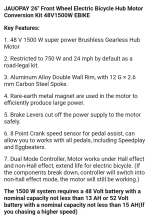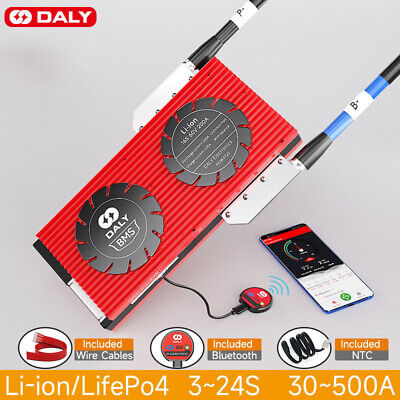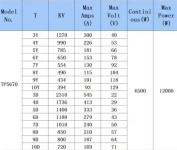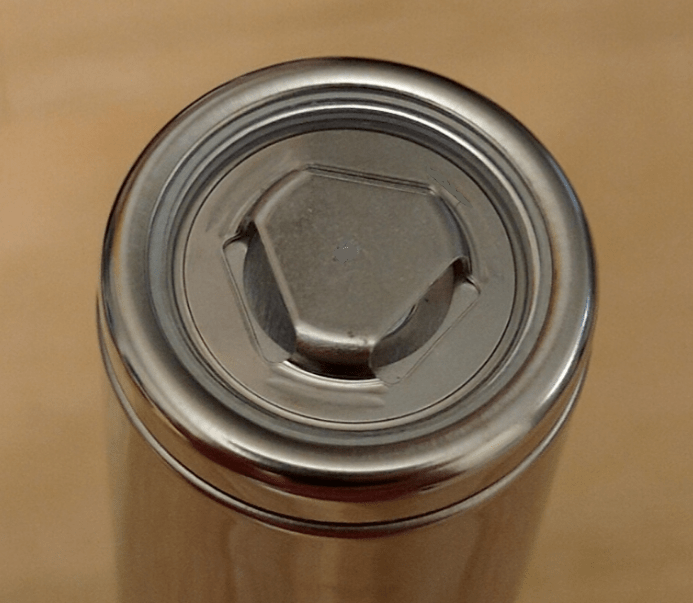I'll have to inspect the wheel itself this week as the specs listed don't seem to say much:
Inspecting it wont' tell you much, if anything. Most of the motors don't have a marking on them for their kV or RPM/volt, or even something like a voltage. (some do, in their serial number...but not most). You'll have to actually test it offground vs onground for max speed at your present voltage.
Also, those specs say it's limited to 24mph (which is wierd, as there is nowhere I know of with that speed limit; it's 12, 15, 20, or 28, for all the ebike laws I am aware of around the world). So if that's the speed you get out of it, exactly, then you'd have to bypass the speed limit by whatever method the instructions provide (or that you can find around the forum or internet that works for this specific controller), or change to an unlimited controller. Nevermind...you already get 30 out of it.

I have no problem getting a better controller and bigger battery, say 72v???? The motor will maybe handle that? Sounds like I'll just have to keep an eye on temps?
The motor will handle the 72v...but as already noted, if you're trying to beat his bike, you'll have to determine what his bike is capable of, figure out how much power that takes under the specific riding conditions you have to do it in, and then buy parts that will supply and handle that much power.
If you just want it to be "faster than it is now", increasing the voltage will do that. By how much depends on the actual speed you need to reach, under your specific riding conditions, and how much power you already have, vs what those will need to reach them.
A 96v pack with sufficiently high current capability and a matching controller could double the no-load speed, but is unlikely to double the on-road speed without melting the motor you have. A big heavy QS205 could probably do that dragracing (very short runs with time to cool off), but it would probably take a bigger heavier QS280 to do it continously. (or a middrive like a QS180, etc).
You are probably going to need to beef up the dropouts / torque arms for the higher torque you'll get. I recommend just removing the existing dropouts entirely (those look like steel forks) and welding on some pinching/clamping dropouts; see The Torque Arm Picture Thread for various examples, including even the very crude ones I made on my SB Cruiser heavy-cargo trike.
If you use the regen braking at all, then in addition to the above I *highly* recommend you get a controller with variable / proportional regen braking, like pretty much any FOC controller should be able to do, so that you can apply the braking like you would with mechanical brakes, rather than the sudden shock-load the on/off braking most controllers do, which is applying all that sudden intense braking force to the extremely tiny section of your axle flats that contacts the torque arm flats--note that because almost all of those arms are poorly made with poor fit, that is *not* the entire surface that overlaps--it is only the *edge* of the surface. (that's why the clamping ones are better, because you can force full contact of all available surface area...it's still not the best way, but without heavily modifying a motor with a new different-style axle, it's the best you can get).
Can anything be done about this? Would be great if I could buy another 48v pack vs buying a new 72v or 96v.
If you are experienced with wiring batteries in series (and understand the risks), and can deal with the high voltage hazards, you can open up both batteries, remove their BMSes, buy a 96v BMS, and wire them all up as one big 96v pack. If your 48v packs are 13s, then your resulting pack will be 26s, so that's what the BMS has to be for. (52v is 14s). If you do this I recommend a JBD "smart bms", preferably one that is contactor-based instead of FET-based, as there are more options to a contactor-based system and it's less prone to failure from design flaws in the FET drivers and shutoff conditions).
If you have to, you can operate without a BMS, and use your RC chargers to balance cells as needed (wiring up new balance leads that fit your charger's capability for series cells, that you can access from outside the pack). If you do this, make sure to set your controller's current limit and LVC, etc., conservatively so that the pack is not used outside it's limitations, since you have no base layer of safety protection against cell damage this way.
Note that whatever pack you get to series it should be as identical to the first as possible, so that all the cells perform as closely as possible. They wont' be matched so there will always be imbalances even if it's a quality pack (which it probably isn't--most out there are pretty crappy, some are decent, few are quality and virtually none are well-matched cells).








